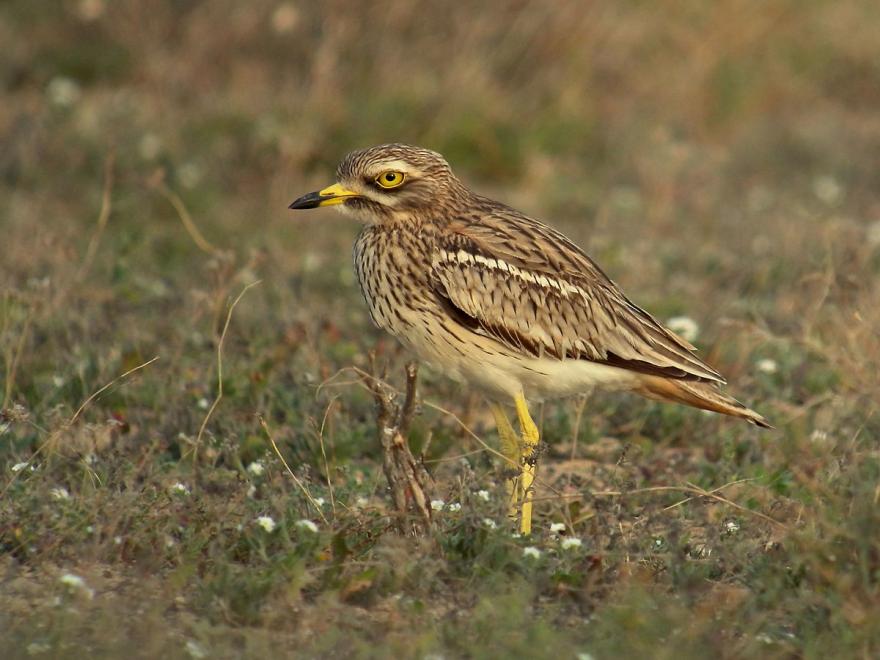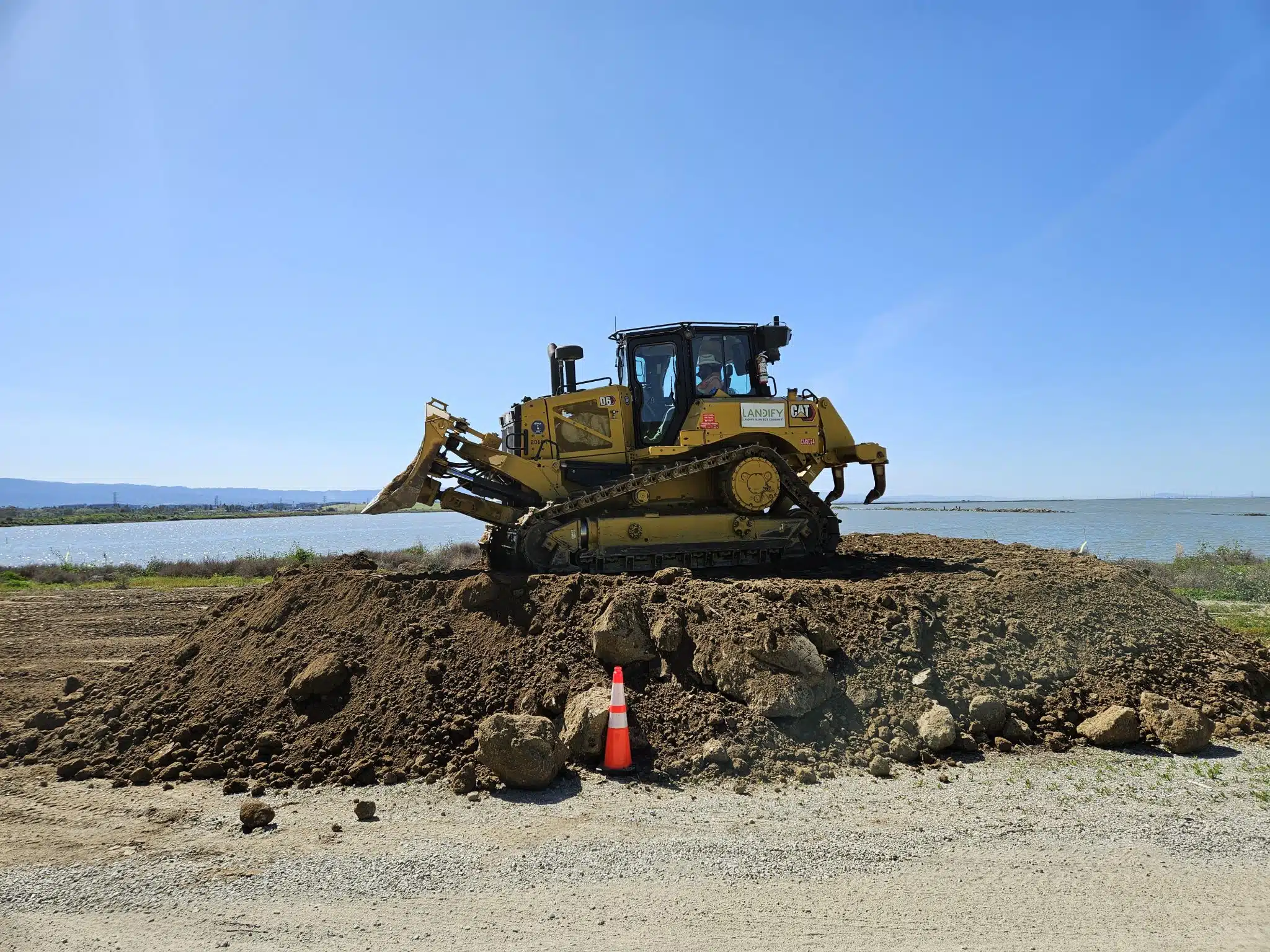Interview with Eddie Farcy-Jirot, ecologist with the Ile-de-France Roads Authority (DiRIF)
The Common Buzzard is a bird with big yellow eyes and a shrill cry. This migratory bird is a protected species in Europe. It is on the global and European red lists of threatened species. The Direction des Routes d’Ile-de-France and ECT have been working together for several years to establish a sanctuary compensation zone for this bird.
How? By creating a favorable environment for the bird to establish itself. Where can we help? on ECT’s excavated soil reclamation site at Villeneuve sous Dammartin (77).
What is the background to the creation of a compensation area for the Common Oedipal on an ECT site in Villeneuve-sous-Dammartin?
As part of the work to build the Roissy East bypass, which is an extension of the Francilienne and is intended to provide new access to the airport, particularly for the 2024 Olympic Games, the ecological inventory revealed the presence of common crested egrets. At the roadworks site, not all the areas suitable for the Common Oedipal could be preserved. it was therefore important to create a new area suitable for this species.
This bird appreciates thermophilic environments. In other words, dry, rocky environments that tend to be exposed to the sun and therefore warm. It is a crepuscular, nocturnal bird. We don’t see him much. but it’s easily recognized by its cry. This is a migratory bird whose species is protected at European level. In fact, it has the particularity of nesting in the crevices of the ground. This makes eggs and chicks very vulnerable. It has virtually disappeared from Germany and the Netherlands. There is therefore a strong heritage interest in protecting this species. Indeed, the Plaine de France now appears to be the northernmost population limit for the Common Oedipal in Europe.
Why did you choose the Villeneuve-sous-Dammartin site?
An ecological compensation zone recreates an area favorable to the species. Working with the Aliséa design office, we sought to recreate an ecologically equivalent environment. That’s why ECT’s Villeneuve-sous-Dammartin site seemed perfectly suited. It is located close to the original habitat. it reproduces a thermophilic environment. ECT was very sensitive to the issues at stake for the bird. The company quickly agreed to dedicate 2 hectares. And it has recreated a favorable environment: a vast, sunny, stony, sloping space that can attract the Common Buzzard.
To create and perpetuate this ecological compensation site, an agreement has been drawn up between the French government and ECT. This agreement describes the ecological and environmental commitments linked to compensation, and establishes a 2-hectare sanctuary zone for thirty years.
What are the findings of annual monitoring of the zone?
The regulations governing this compensation zone provide for annual monitoring. In 2020 and 2021, monitoring will take place in summer, at dusk and at night. they concluded that the bird was present, but in an area close to the one directly dedicated to it. The idea was to make the compensation zone even more attractive. The planned site was probably too exposed to predators.
The ECT teams did a remarkable job of modifying the site. Its profile now more closely resembles the original environment: an embankment of earth and rubble. It’s very interesting that three different zones were remodeled in this way by ECT, with varying degrees of exposure. Ecologists will be able to observe the bird’s behavior in this mosaic of environments. Ecological engineering is not an exact science. It’s more a science of hypotheses. Such a device will enable us to advance our knowledge of the bird.
And what can we wish for next?
All the teams are hoping that the new facilities will attract the Common Grackle. And that we’ll be able to observe the bird during the next annual survey directly on the compensation zone. Creating sanctuary zones for endangered species is in the interests of biodiversity in general. This is because these areas also become home to a host of other species, some of which are also threatened. In this way, the efforts made at Villeneuve-sous-Dammartin to protect the Common Oedipal are also beneficial for protected species with a liking for the same type of environment, such as the Turquoise Oedipod, a cricket with bluish wings, or the Little Gravelot, a bird already observed on the site.
Note: the Common Oedipal is listed in Annex I of the 1979 European Birds Directive. The 74 species listed in Appendix I benefit from special protection measures for their habitats, which will therefore be classified as Special Protection Areas (SPAs). These include endangered species, species vulnerable to certain changes in their habitat, species considered rare (low population or restricted local distribution), and species requiring special attention because of the specificity of their habitat, as well as migratory species whose arrival is regular.


